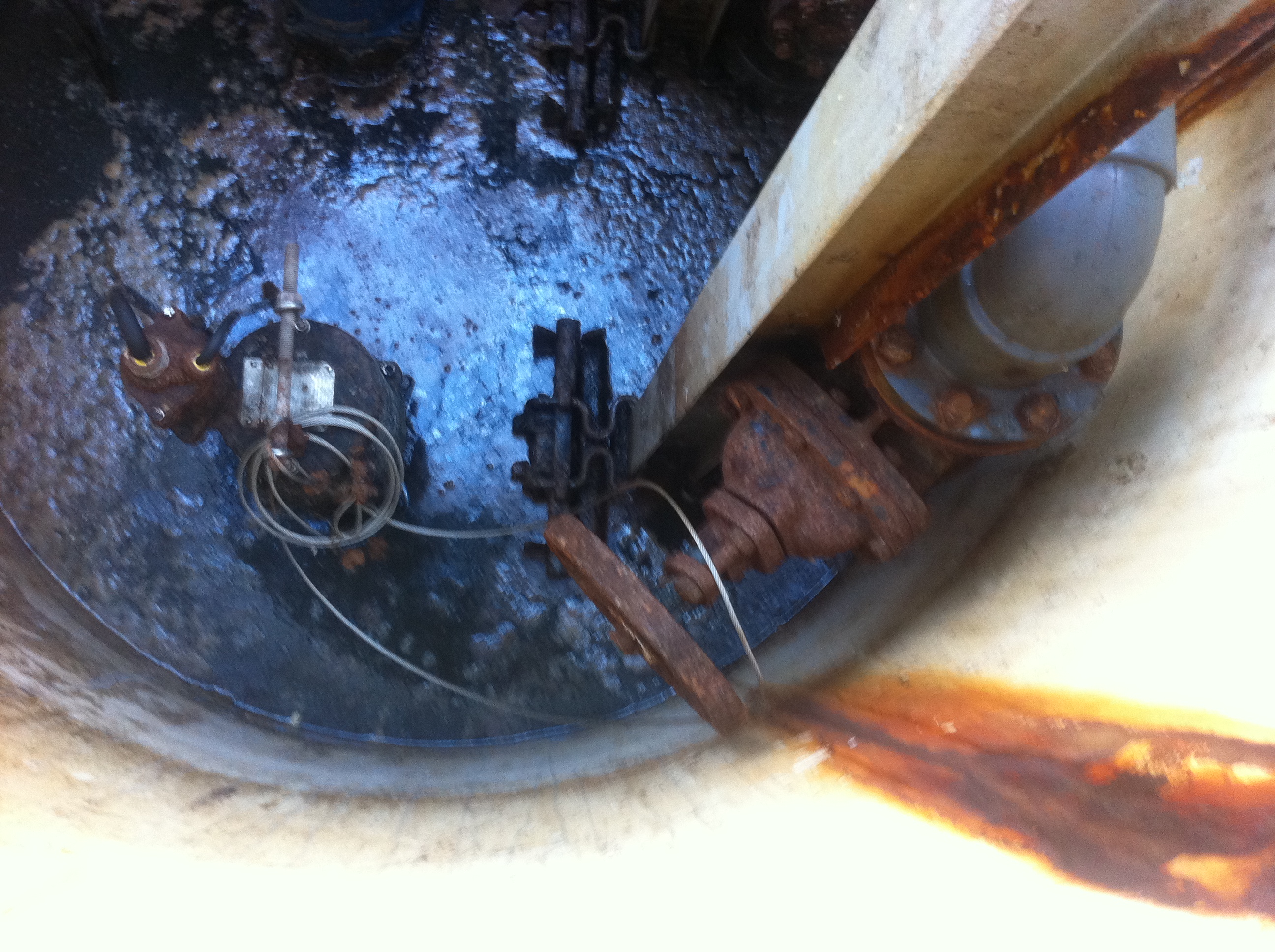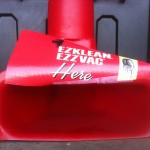See you at the Station
See you at the station
For good communication with your Packaged Pump Station, Listen to it!
Are you listening to it? So much to learn when we listen. A very basic idiom which we should practice in all facets of social interaction with our coworkers and even with our teenage children. “Heck” I have a son who knows everything so I probably listen to him even more. It is very difficult to understand my sons’ line of thinking at times but it’s nice when I occasionally glean some good information from him. Likewise, the Rotodynamic (centrifugal) pump can emit a lot of information from the depths of its internal components. As someone who has been around machinery all my life, mostly that associated with the logging industry, I can relate to a mechanic or operator saying something just don’t sound right with that ole shovel loader. My old diesel mechanic, was the best trouble shooter from simply placing his hand on the casing. Housing, pan of any mechanical component especially a rotary screw compressor or a Kawasaki hydraulic gear pump.
The Packaged Pump Station has all kind of “ antenna” related transmitters to get a feel of what your pump station motors and the rotary components are doing or not doing. The Mechanical Piping and support components are easy to place a conduit onto Waste Water discharge piping in which to lend a ear to and let the good clear communication begin. The development of the leak detection field has lent itself to the Pump station trouble shooting end of things. Sonde devices of varying kinds along with the old tried and true brass disk with emitter tubes attached when set onto the pump casing “its” voice becomes clear. Those sounds when set to the discerning ear, especially when the device is placed on the adjacent pump as in the case of a duplex pump station, the Pump Station technician will know trouble when he hears it. A warning here, perform all electrical tests for errant current at the motor and casing to insure against the risk of electrocution. Also, hold the ear piece away from the ear and slowly move the end toward your ear so as not to damage the ear drum, these devices are sensitive and cavitation along with other pump trouble shooting indications can really “blare” out at you. . It is quite simple to adapt longer tubes to stethoscope type listening tools to help in those long reach situations
Always check for the presence of the life robbing gasses that are present in most “waste Water Pump Stations” namely methane and hydrogen sulfide gas. For that test the one sense you do not want to rely on is your smell, a simple gas monitor will tell you all you need to know. Hearing combined with the sense of feel can put you in touch with the “Heart and Soul” of the Packaged waste water station, “The Pump”. When you can both hear and feel vibration it maximizes your trouble shooting efforts. Below is the list of objects and conditions that will produce audible sounds that you may want to investigate further to avoid damage to the equipment in a Waste Water Pump Station.
- The “Ragging” of a pump quite simply produces drag or dull hum, the problem is distinct to the ear. Especially when compared to the adjacent free pump.
- Cavitation, what pump technician cannot detect the rough “gravel pop” sounds of air pockets imploding. (See the phenomena of cavitation, in an earlier blog.)
- Resonance or vibration, you can hear it before who feel it. The trained ear can hear the pump running off the Best Efficiency Point or a loose imbed bolt, particularly noticeable if using the across the line method of starting the pump, but you will hear the vibration at full speed as a tuning fork resonance wave.
There are many more troubled sounds to listen to within the centrifugal Waste Water Pump, with time and practice you will know what your Waste Water Pump Station is trying to tell you.



